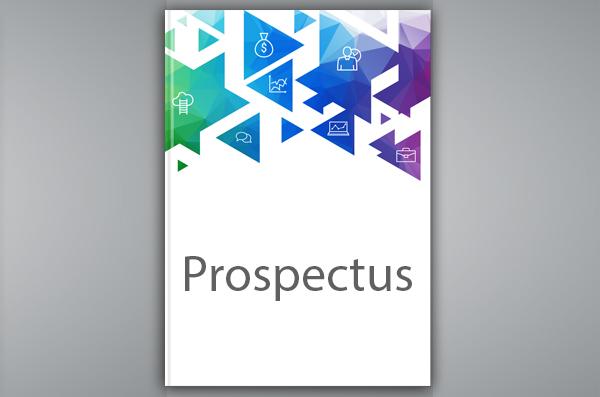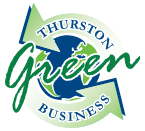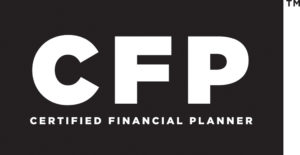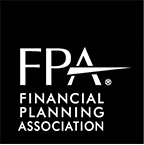We get these thick booklets mailed to us at least annually, and usually they go directly into the recycling bin. Being an advisor, I hope clients read them and understand them, but in reality they are not entertaining to read; unless you understand the inner workings of a fund it is going to be like learning a foreign language. Because of this, I know clients rely on me as their advisor to read, understand and then make informed decisions based on the information in the prospectus. If you do happen to have the time and want to learn a little more about the funds you hold, then a prospectus is the first place to start. Here are some key items to look for that can be nuggets of knowledge inside that thick booklet.
1)What are the funds goals and limits? The prospectus will lay out how the fund invests. For example: will it be a Bond fund or a US Large Company stock fund. It will also discuss the limits placed on the manager regarding changing the allocations. If the fund’s goal is to be a Corporate Bond fund, then is the manager allowed to add any low quality (junk, high-yield) bonds into the fund? Or maybe only up to a certain percentage? It is important to know what flexibility the fund has in order to keep your portfolio aligned to the way you want it; you don’t want a manager going rogue and investing in something other than the intended purpose.
2)What are the fees and expenses? These are some of the most important data points to collect in order to pick a good fund. You will find a breakdown of the fees the fund charges, including a net expense for the fund. Looking at the particular share class you own you will also be able to see if there are any sales charges or distribution fees that are kick backs to advisors, custodians or brokers for the sale and continual ownership of the fund. This can be valuable to understand if there are any conflicts of interests between your advisor and what they are recommending.
3)Who is managing the fund? If it is an active fund (as opposed to a passive or “indexed” fund) then this is very important and you should view your relationship with the manager as a long-term marriage. Just like a marriage, there will be tense times and it doesn’t typically serve anyone well by bailing on the fund in the middle of those tense times. Even the best managers will have patches of under-performance and a long-term view and deep belief in their philosophy is important to be successful. Unfortunately for your average retail investor, access to these managers is often limited to quarterly update letters.
4)Does the manager have ownership in the fund? This is usually found on a different document called the “Statement of Additional Information,” but it is a nice data point to know that the managers financial incentives are aligned with your own. Hopefully they will make better decisions because their money is invested right along with yours.
While this is not an exhaustive list of what is included in a prospectus, it should be able to guide you to pick out some information and learn a little more about your holdings. With more knowledge, hopefully you can feel more comfortable with your portfolio. If you don’t want to look through the prospectus and you have an advisor, ask them these questions – it’s their job to know!





